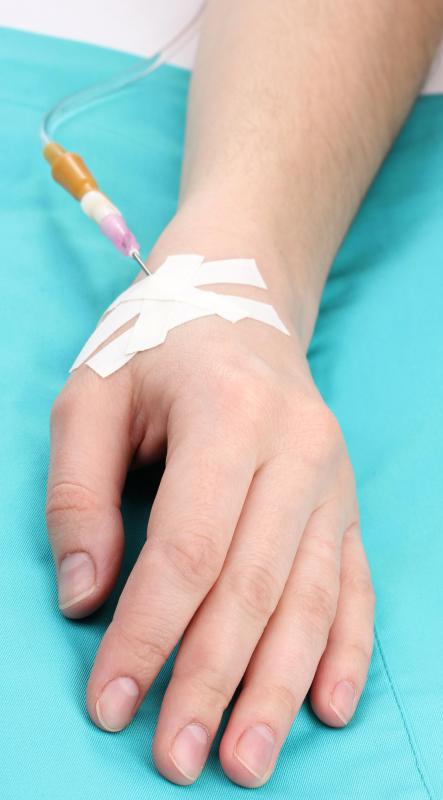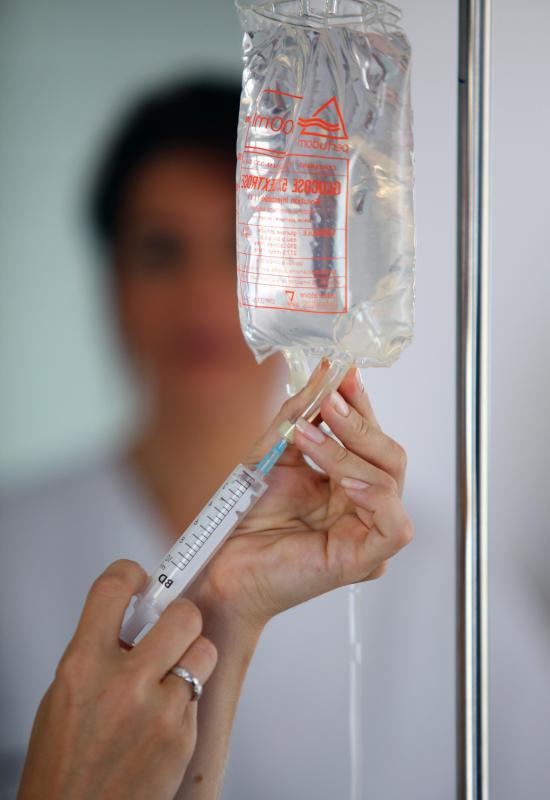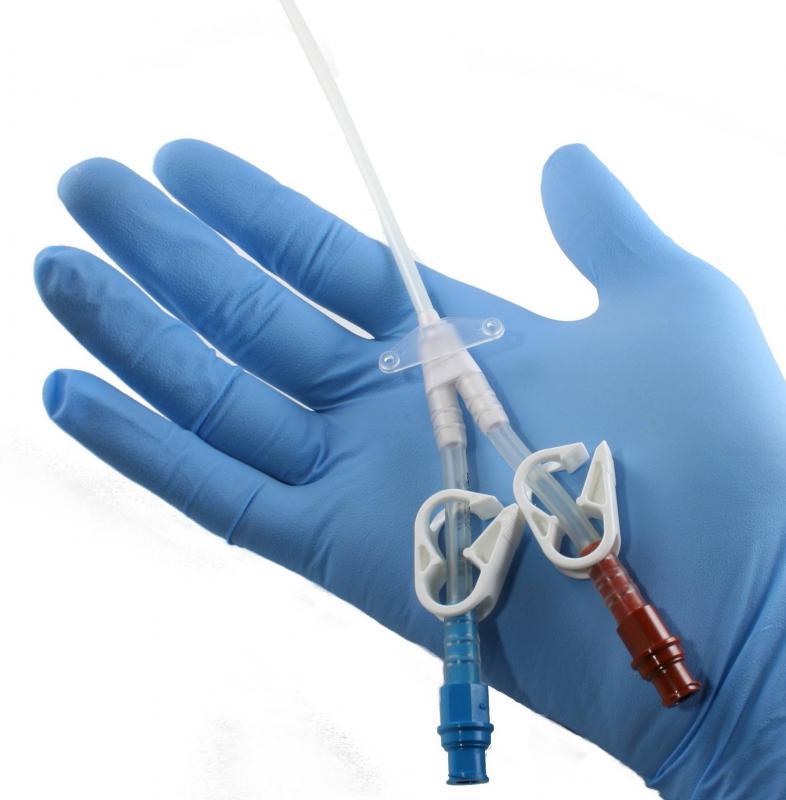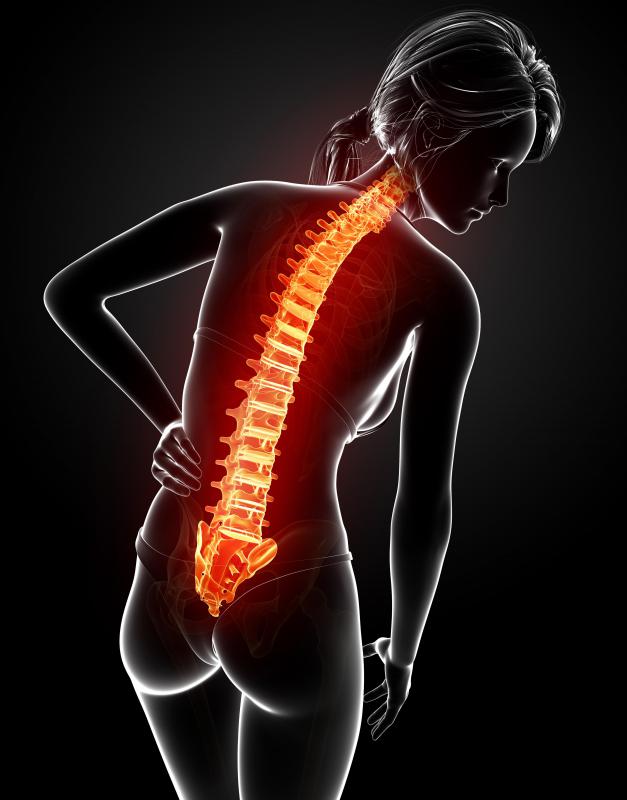At TheHealthBoard, we're committed to delivering accurate, trustworthy information. Our expert-authored content is rigorously fact-checked and sourced from credible authorities. Discover how we uphold the highest standards in providing you with reliable knowledge.
What is a Pain Pump?
A pain pump is a medical device which delivers targeted doses of pain management medication to a specific area of the body. There are several different types of pain pumps, and a variety of uses for these devices, ranging from managing severe post-surgical pain to controlling chronic pain. Typically, the device needs to be programmed and implanted by a surgeon, and the patient may need to consult with a pain clinic to receive prescriptions and assistance with the pain pump.
With a pain pump, a catheter is used to direct the medication to the appropriate area, such as the spinal cord for intrathecal drug delivery systems, or the surgical site for post-operative analgesia. A small pump is implanted beneath the skin, or is worn on the body. The pump delivers carefully calibrated doses on a set schedule, with some devices also allowing patients to activate the pump when they are in extreme pain.

Pain pumps are not the same as patient controlled analgesia (PCA). A PCA device is attached to an intravenous line, allowing a patient to click a button to release pain management medications into the IV so that they will reach the bloodstream. With this device, the doses can be far lower, because they are being directly delivered to where they are needed, and they may take the form of numbing agents which deaden the pain, rather than narcotics, which can become addictive.

People who are about to undergo a painful surgery may have a pain pump recommended by the surgeon for pain management. Using a pump can reduce the risks of narcotic addiction, keep the patient more comfortable, and allow the patient to return to work and normal activities sooner, because he or she will not be temporarily neurologically impaired by the use of narcotics to manage pain. The surgeon can place the pump at the time of the surgery and start it before the patient is brought out of anesthesia, so that he or she will not wake up in pain, and the device can be removed after the worst of the pain is over.

Individuals struggling with chronic pain for which other treatments are not working may be asked to consider an intrathecal drug delivery system. In this case, a brief test will be run in which the drugs are injected into the area to determine whether or not they are effective. If they are, the patient can receive surgery to have a pain pump implanted. This surgery can greatly improve quality of life for patients struggling with chronic pain and spasticity.
AS FEATURED ON:
AS FEATURED ON:

















Discussion Comments
@Agni3 – I don’t think that a pain pump is quite the same as an epidural. I had an epidural with both of my children and would totally recommend it to any woman in her right mind! There are some side effects, but they are hardly even an issue. My blood pressure dropped some and that’s all.
Regardless, with a pain pump the device that the drugs are inserted through is actually implanted near the place where the pain comes from (like a back pain pump), and I think it’s pretty permanent. It’s a little confusing, but I don’t think this particular pain pump is what you’re after. Good luck with the new little one! Hope all is well!
I’m expecting my first child shortly, and I’ve toying with the epidural idea. I wonder if this is the same concept not. Is it the same as an intrathecal pain pump? Are there any negative side effects to worry about. If so, what are they? I don’t want to do anything to endanger me or my baby, so I’d like to get a bigger view of my options. Thanks so much for the help!
Post your comments